Arepas and Pupusas are both delicious, chewy corn cakes enjoyed in Latin American countries, but they are not exactly the same. Learn what makes each unique to ensure you are ordering the right dish!
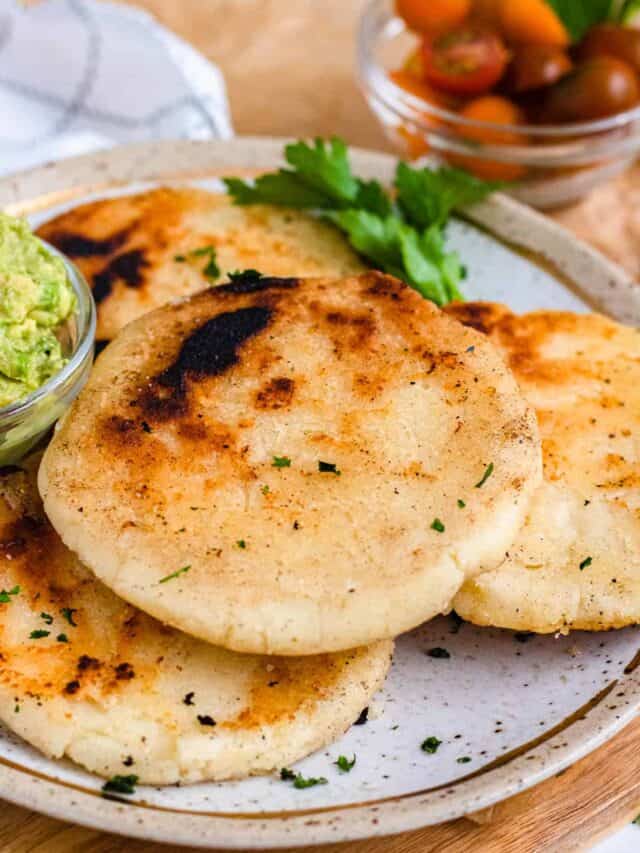
Every culture has its comfort foods. These are foods that your mom made when there was little to eat in the house (like this Sopita!). It’s nothing fancy, but it hits the spot every single time.
In many Latin American countries that comfort food dish is very similar–probably a byproduct of the countries being so close together and sharing borders–but it’s not exactly the same. These traditional dishes date back to indigenous people and their ingredients and cooking process have changed over the years.
In Venezuela and Colombia, that dish is arepas. In El Salvador, the dish is pupusas.
If you have tried either an arepa con queso or a pupusa, you know they are warm, soft, and delicious. They are also made with incredibly simple ingredients that most families have easy access to, mainly corn flour.
When you get a craving for some Latin American comfort food, either one would be an excellent choice. But when you are craving something specific, it would be a shame to mix them up! This article will teach you the differences between Arepas con Queso and Pupusas!
What are Arepas?
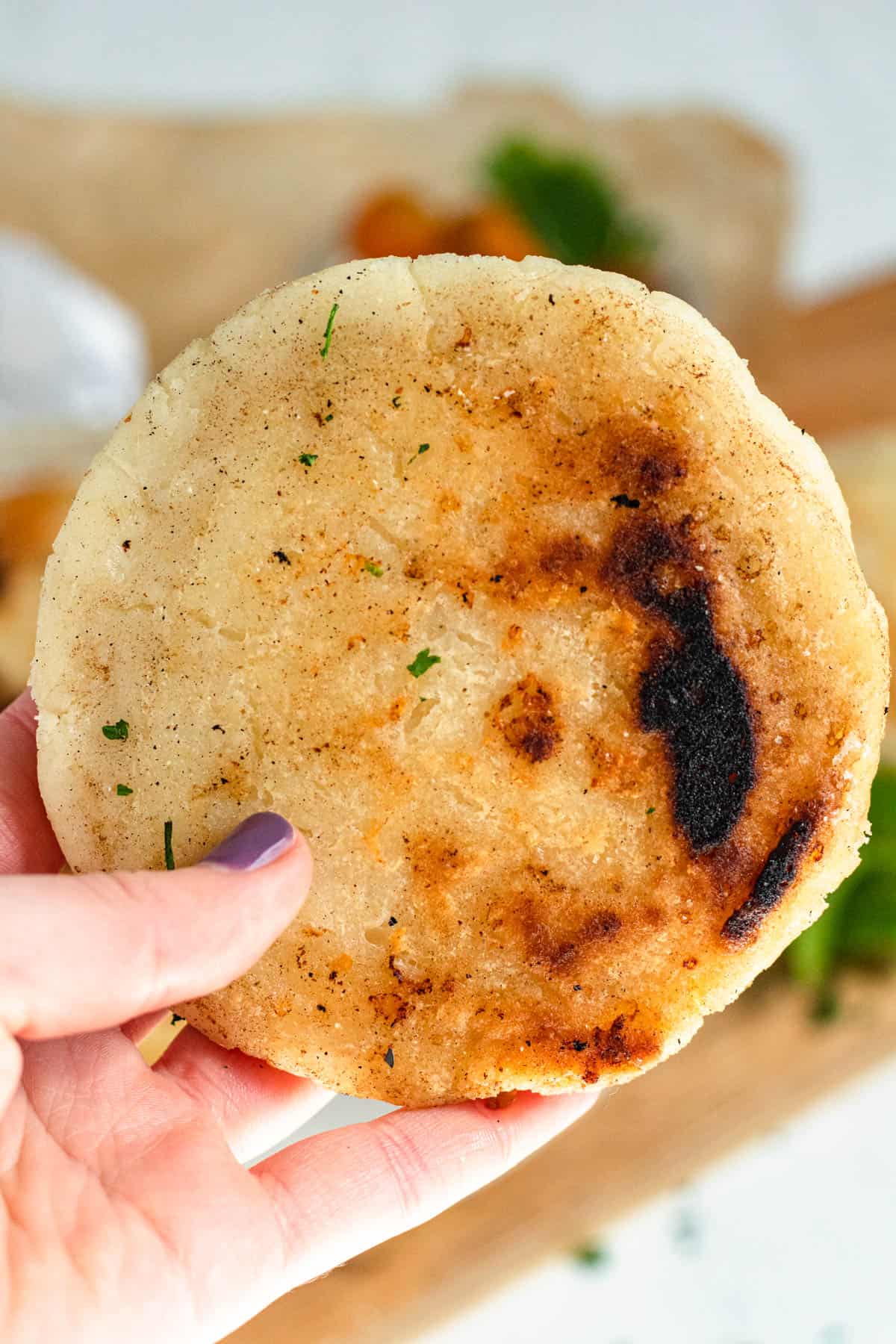
Arepas are a small, thick disk of cornmeal dough filled with cheese or meat. They are most often served with cheese and called “arepas con queso”.
In South American countries you may find Colombian Arepas or Venezuelan arepas served for breakfast, lunch, or dinner. They are perfect for packing into a lunch or carrying on the go.
What are Pupusas?
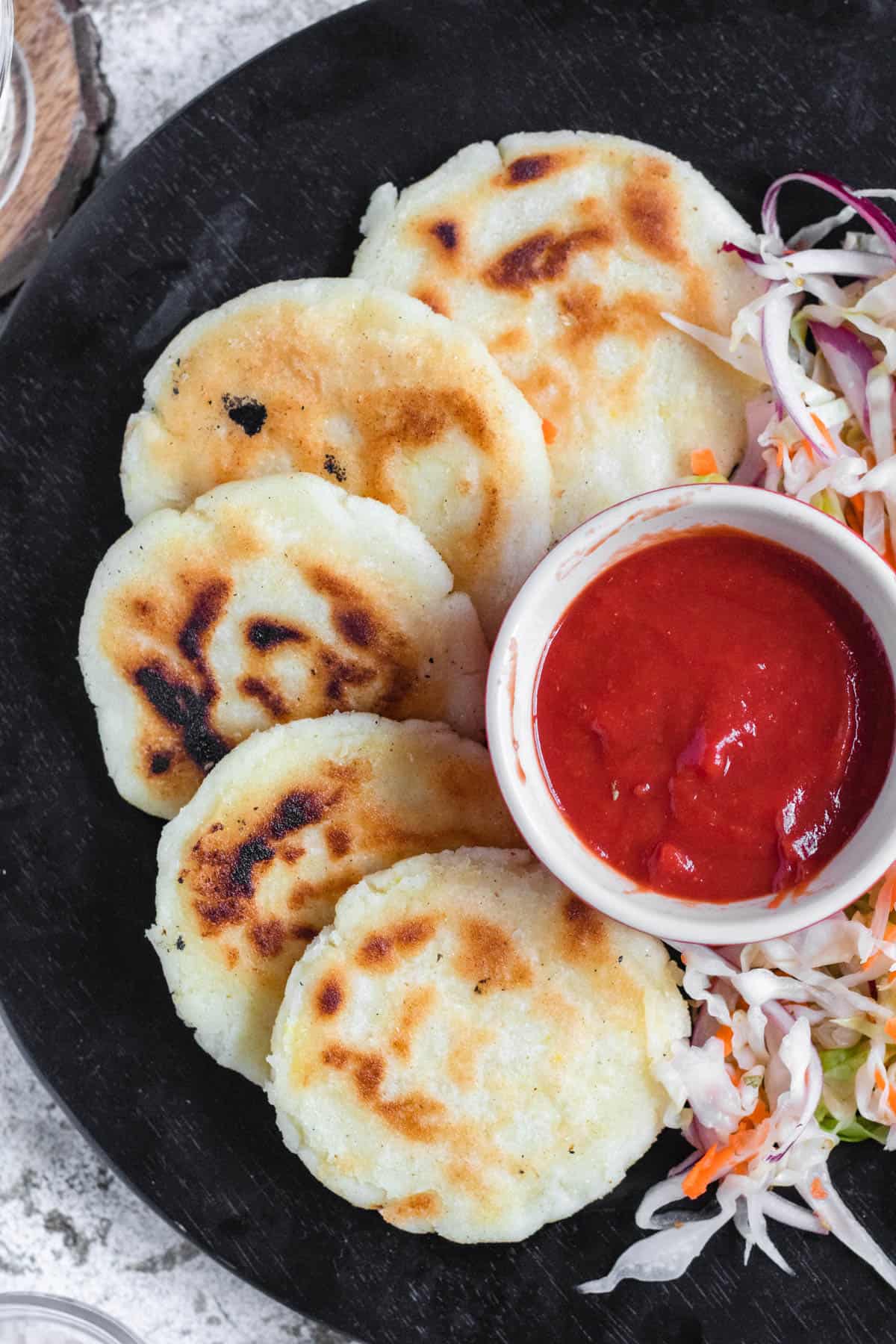
Pupusas look like a large thick tortilla, stuffed with meat or cheese before they are cooked. Pupusas are then topped with a cabbage slaw called curtido and fresh salsa.
Pupusas are most popular in El Salvador.
Ingredients
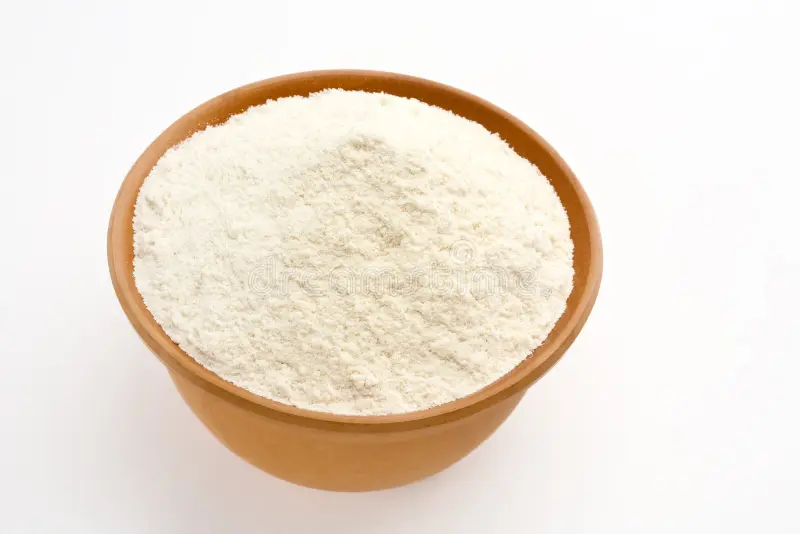
The main difference between pupusas and arepas con queso is the key ingredient used to make them: corn flour.
Arepas are made with a precooked cornmeal called masarepa. The arepa flour, made of ground corn, is mixed with warm water and salt and then kneaded until a soft ball of corn dough forms.
Once cooked, the round corn cakes are sliced open and stuffed with cheese, black beans, beef, chicken, pork or even shrimp and fish.
Pupusas on the other hand are made with an instant corn masa flour called masa harina.
While both types of flour come from corn, the process to produce them creates a very different texture and it’s noticeable in each dish. Arepa dough is made with a special type of cornmeal and pupusa dough may also contain rice flour which gives it a different flavor.
The masa harina produces a dough that is similar to Mexican corn tortillas. The difference between Mexican corn tortillas and pupusas is the thickness of the dough. Pupusas are made much thicker than the average tortilla and are formed by hand rather than using a tortilla press.
Pupusas may have similar various fillings to arepas but they would not be the same without their usual topping. Pupusas are topped with a tangy, fermented cabbage slaw called curtido and a tomato-based salsa made with tomatoes, garlic, onion, and chilies.
Cooking Method
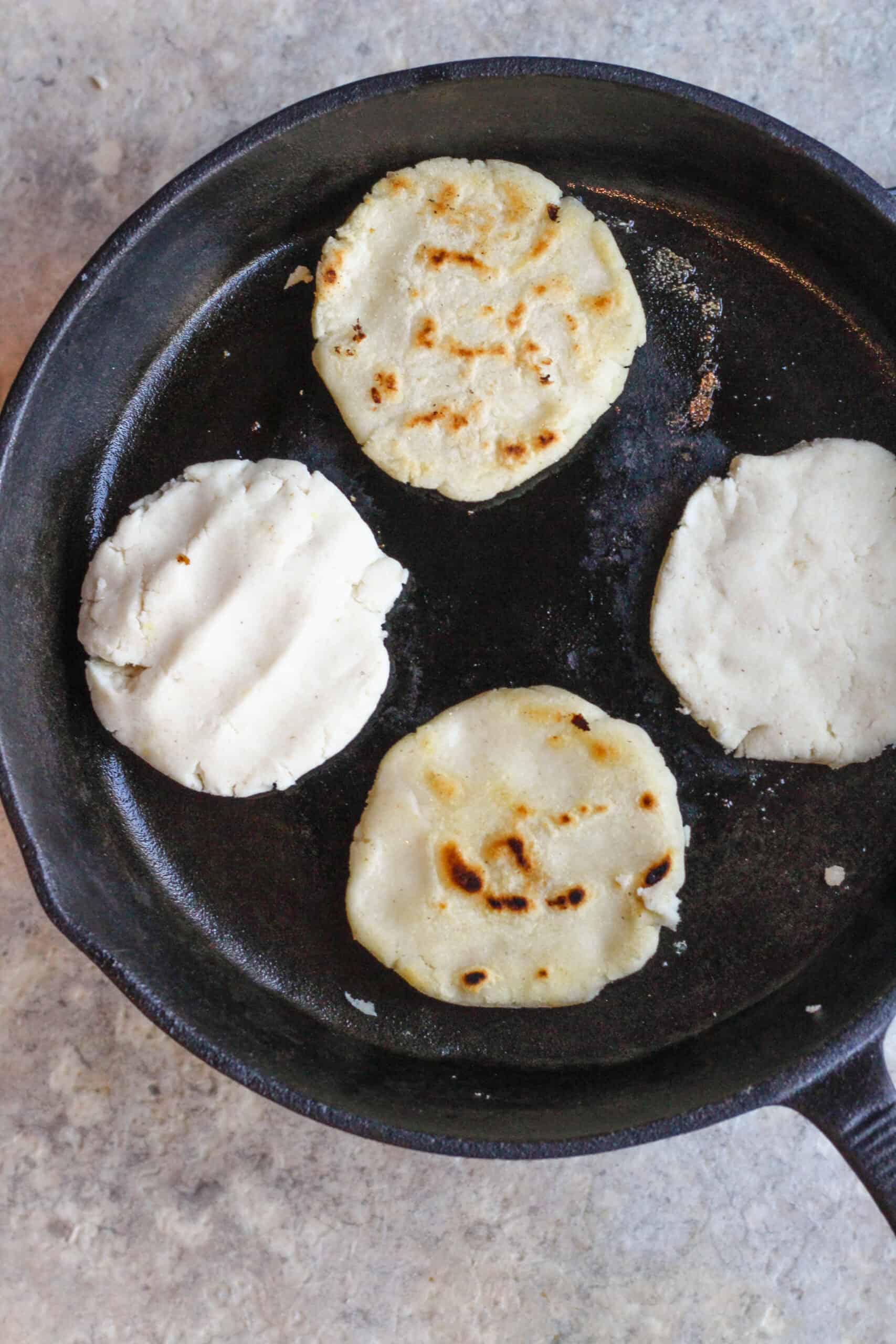
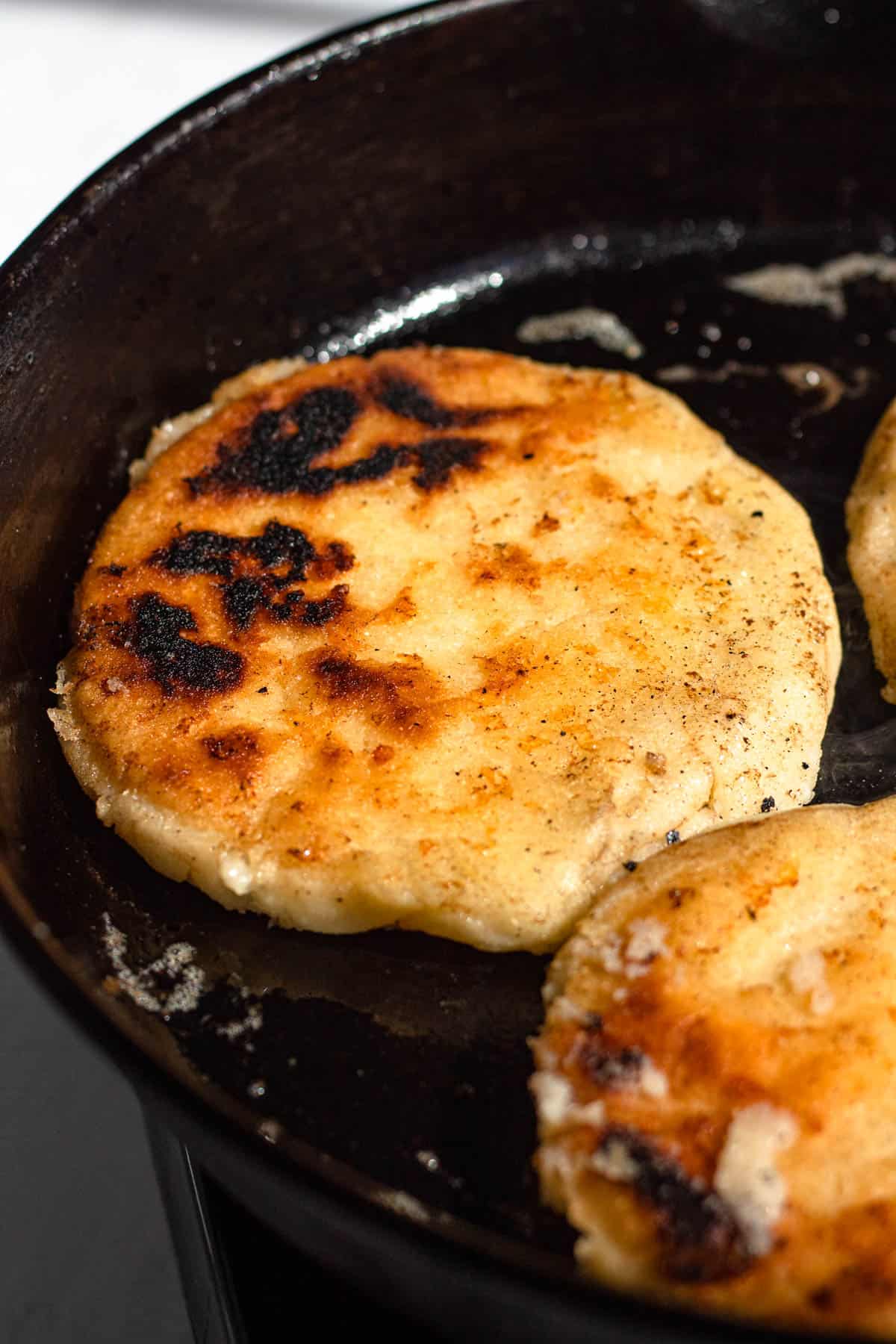
The dough for pupusas and arepas looks similar, but in addition to using a different flour, it is also cooked differently.
To prepare arepas con queso you take your dough and form a ball about the size of your hand. The ball is carefully flattened into a disk about a half-inch thick.
Arepas are cooked on an oiled griddle until golden brown on each side while remaining soft on the inside. They may also be put in the oven for a few minutes to finish cooking and to keep them warm while another batch is made.
After they are cooked, the cornmeal cakes are sliced and stuffed with meat or cheese inside the pocket that is formed.
Salvadoran pupusas are different. To cook pupusas, you form them into a ball and then use your fingers to form a hole in the pock. In the center of the dough, form a small dent to hold your different fillings. Then the pocket is covered up and the pupusa is flattened to about a quarter of an inch thick.
The meat, refried beans, cheese, or a variety of ingredients are added before the pupusa is cooked. Pupusas may also be cooked on a griddle but traditionally they are pan-fried until crispy.
Taste
You may think with such similar ingredients that these dishes would be almost indistinguishable, but that is not the case.
Arepas are slightly sweeter and lighter than pupusas. Their filling is usually kept very simple with salty cheese or meat. Pupusas on the other hand are more hearty and filling. Pupusas are often filled with beans or meat and are also topped with curtido and salsa which adds another layer of flavor and texture.
Arepas are often served as a side dish, snack or appetizer, while pupusas are often enjoyed as the main dish.
FAQs
Arepas are a little bit of both. They are cooked on a griddle with a little bit of vegetable oil which gives them a nice crispy exterior, but the interior is still soft. This is nothing to be worried about.
The texture may also depend on what you add to the inside. Warm, gooey cheese makes arepas feel even softer.
Arepas are traditionally cooked on a griddle, but they may be fried, baked, or cooked in an air fryer depending on your preference. For the most authentic arepas, I would stick to using a griddle.
Gorditas are the Mexican version of a pupusa. They are made with the same flour and have a very similar flavor. They are often fried, like pupusas.
What makes Mexican gorditas different from pupusas is just like arepas, they are stuffed after they are cooked rather than before.
Arepas and pupusas are both a popular street food. You can find them sold fresh and hot from carts on the side of the road. While it may be preferable to enjoy them while warm, they are still delicious cold or at room temperature.
This is simple comfort food. Both of these dishes are often packed as a snack or lunch.
Curtido is a very simple but flavorful cabbage slaw. It adds an excellent crunch and tangy flavor to pupusas.
Curtido is made by combining cabbage, red onion, carrot, jalapeno, salt and vinegar and allowing it to sit for a few minutes up to overnight. It is a must-have for pupusas, but it’s also delicious on tacos and quesadillas.


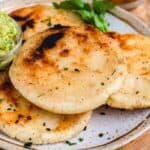
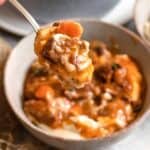
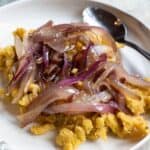
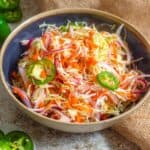
Biggie says
Taste the same just arepas taste little bit more like cornbread